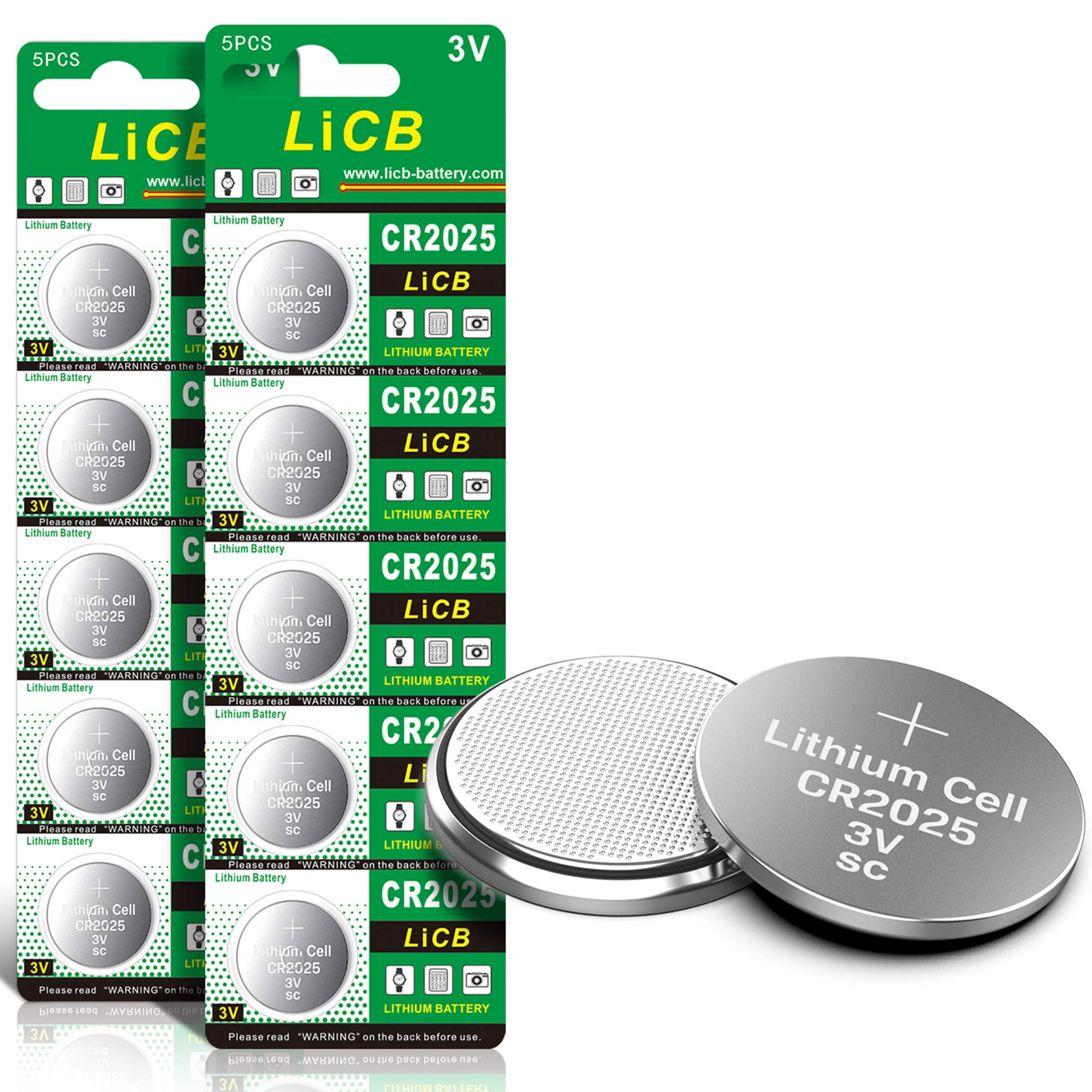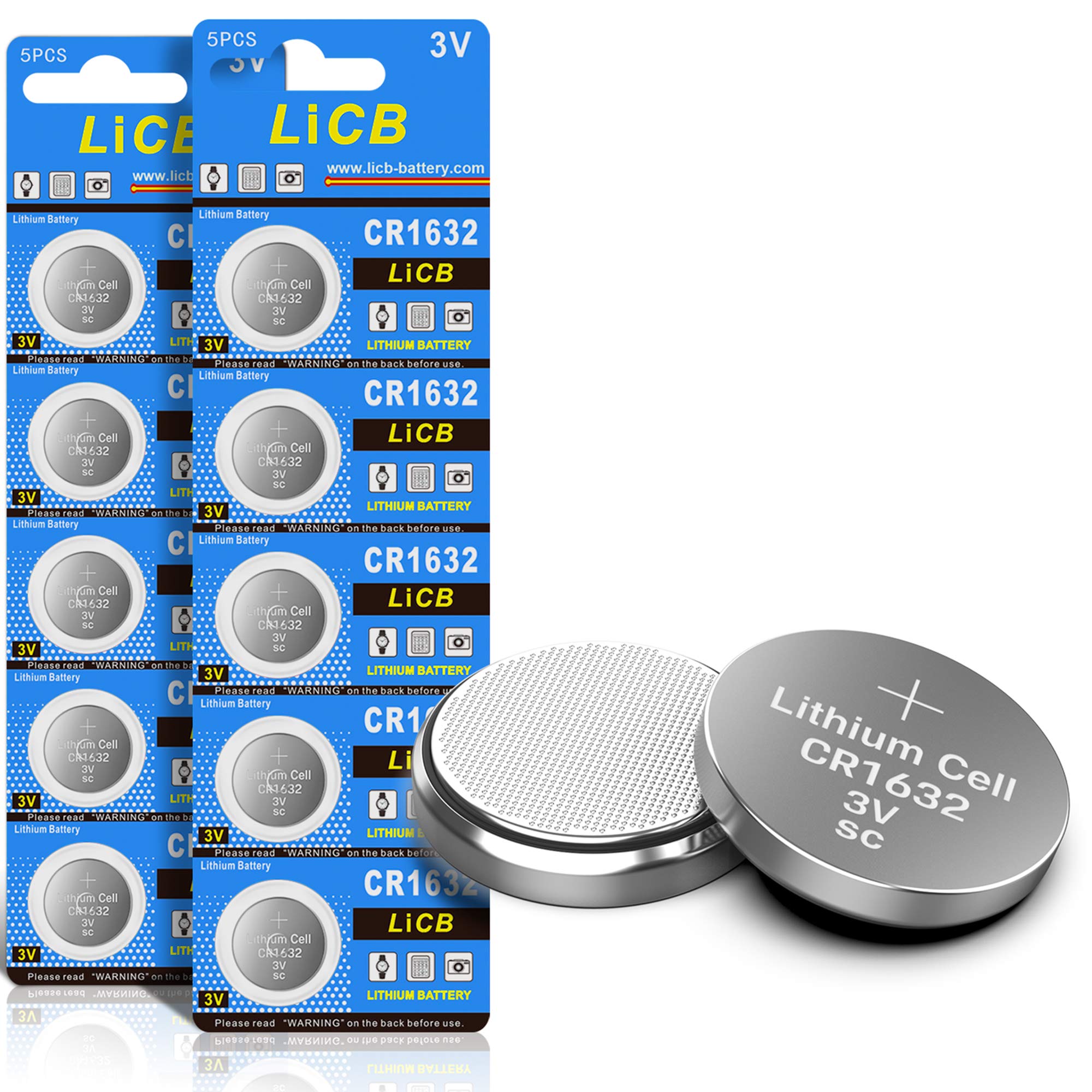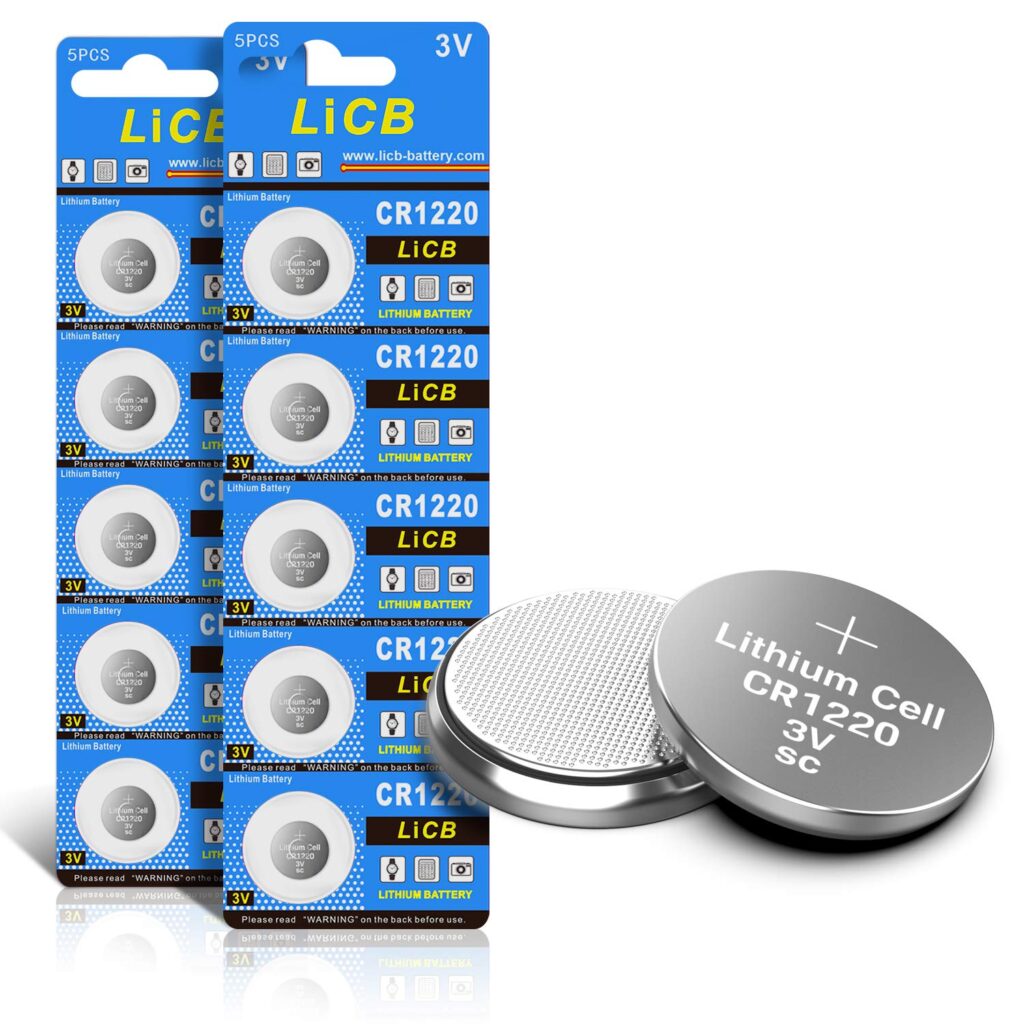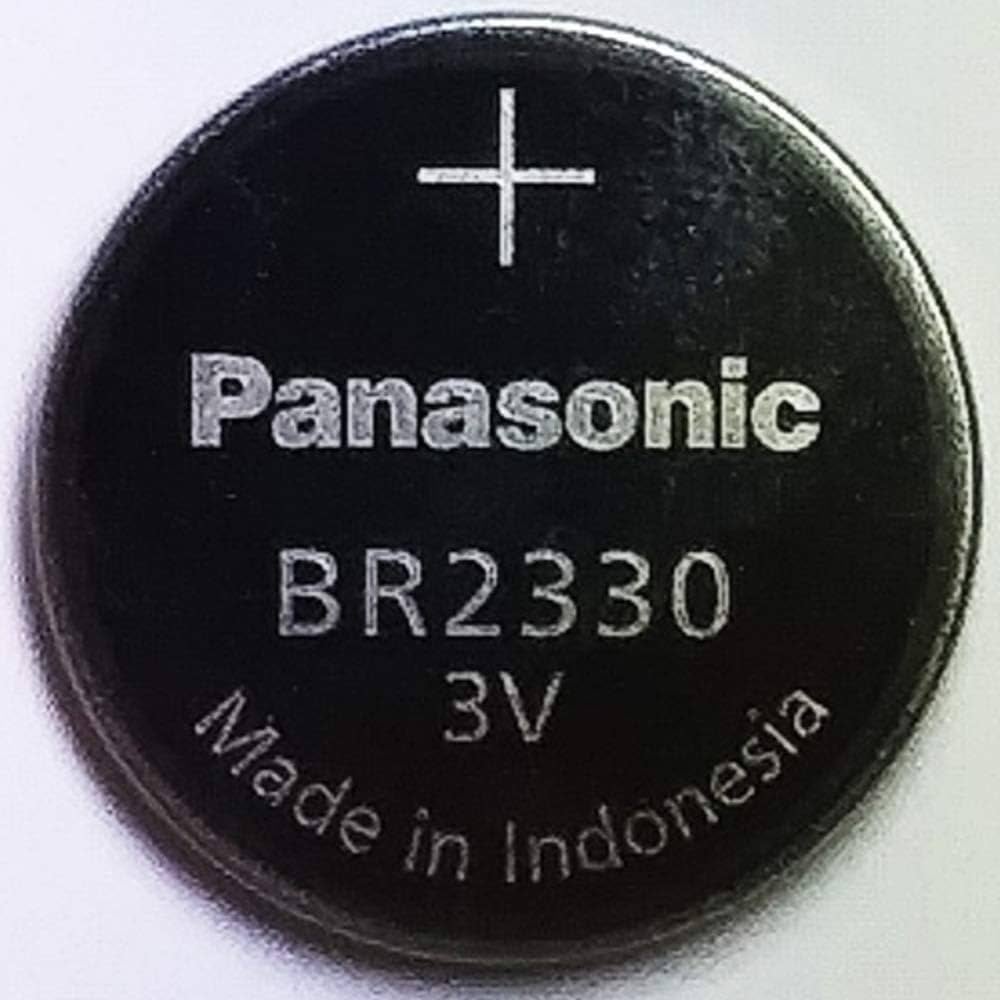In the realm of button cell batteries, the CR2025 and CR1632 stand out as two popular choices for powering small electronic devices. These batteries, both part of the CR (Coin-type Lithium Manganese Dioxide) series, are integral in providing reliable power to gadgets like watches, calculators, keyless entry systems, and various other compact electronics. Understanding the differences and similarities between these two models can guide consumers in making informed decisions tailored to their specific needs.
Detailed Comparison Table
| Feature | CR2025 |
CR1632 |
|---|---|---|
| Diameter | 20 mm | 16 mm |
| Height | 2.5 mm | 3.2 mm |
| Voltage | 3 Volts | 3 Volts |
| Capacity | 170 mAh | 130 mAh |
| Weight | 2.6 grams | 1.8 grams |
Informative Explanation of Features and Specifications of Both Products
CR2025 Features and Specifications
The CR2025 battery is widely recognized for its balance of size and power. With a diameter of 20 mm and a thickness of 2.5 mm, it fits well into a variety of compact devices. This battery offers a voltage of 3 volts, which is standard for most button cell batteries. Its capacity of 170 mAh ensures a decent lifespan, making it suitable for devices that require moderate energy consumption. Weighing 2.6 grams, the CR2025 is lightweight, ensuring it doesnt add significant heft to the devices it powers.
CR1632 Features and Specifications
The CR1632, while smaller in diameter at 16 mm, compensates with a slightly increased thickness of 3.2 mm. Like the CR2025, it provides a voltage of 3 volts, making it compatible with a wide range of electronic devices. Its capacity is slightly lower at 130 mAh, which is a trade-off for its compact size. Weighing 1.8 grams, the CR1632 is even lighter than its counterpart, appealing to those who prioritize minimal weight.
Differences between Products
The most notable differences between the CR2025 and CR1632 lie in their physical dimensions and energy capacities. The CR2025, with its larger diameter and lower thickness, is better suited for devices with more space to accommodate battery width. In contrast, the CR1632s smaller diameter and greater thickness make it ideal for gadgets with limited horizontal space but more depth for battery installation.
Capacity is another critical differentiator. The CR2025s 170 mAh capacity means it can power a device for a longer duration compared to the 130 mAh capacity of the CR1632. This makes the CR2025 a better choice for devices with higher power demands or those requiring longer battery life. Weight differences, while minor, can also influence choice, especially in precision devices where every gram counts.
Pros and Cons Section
CR2025

- Pros:
- Higher capacity (170 mAh) suitable for longer usage.
- Standard voltage compatibility with various devices.
- Lightweight for its size (2.6 grams).
- Cons:
- Larger diameter may not fit all devices.
- Slightly heavier than CR1632.
CR1632

- Pros:
- Compact size fits more devices.
- Lighter weight (1.8 grams).
- Standard voltage compatibility.
- Cons:
- Lower capacity (130 mAh) may require more frequent replacement.
- Thicker profile might limit use in some devices.
Performance Evaluation and User Experience
In terms of performance, both the CR2025 and CR1632 deliver reliable power for their intended applications. Users frequently praise the CR2025 for its extended lifespan, especially in devices that are used frequently or require a constant power supply, such as remote controls and medical devices. Its larger capacity means less frequent replacements, which is a significant convenience factor for many users.
Conversely, the CR1632 is favored for its compatibility with compact devices, thanks to its smaller diameter. Users who prioritize lightweight and minimal design often choose the CR1632 for applications like slim watches and fitness trackers. However, its lower capacity requires users to be more vigilant about replacement intervals, especially in high-drain devices.
User feedback indicates that both batteries are easy to install and offer dependable performance in their respective compatible devices. The choice between the two often comes down to the specific device requirements and user preferences for battery longevity versus size and weight.
Final Recommendation and Conclusion
In summary, the choice between the CR2025 and CR1632 batteries should be guided by the specific needs of the device in question and personal preference for battery longevity versus size. The CR2025 is ideal for users who need a longer-lasting power source in devices that can accommodate its larger diameter. On the other hand, the CR1632 is better suited for compact devices where space is at a premium.
Ultimately, both batteries offer reliable performance in their respective niches, and choosing the right one comes down to understanding your devices requirements. For those who need a balance of power and compatibility, the CR2025 might be the better choice. However, for those prioritizing compactness and reduced weight, the CR1632 stands out as an excellent option.
In conclusion, both the CR2025 and CR1632 are excellent batteries within their design parameters, and selecting the right one ensures optimal performance and user satisfaction.


